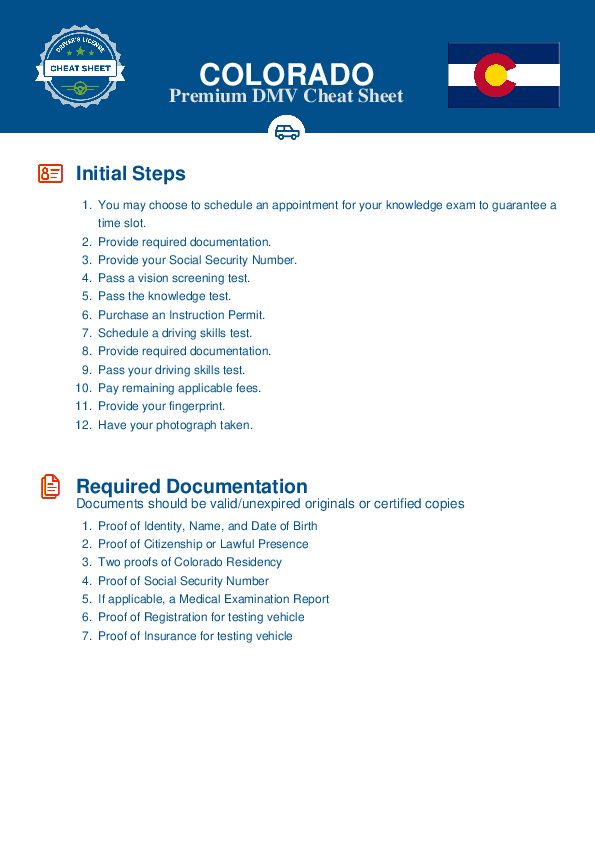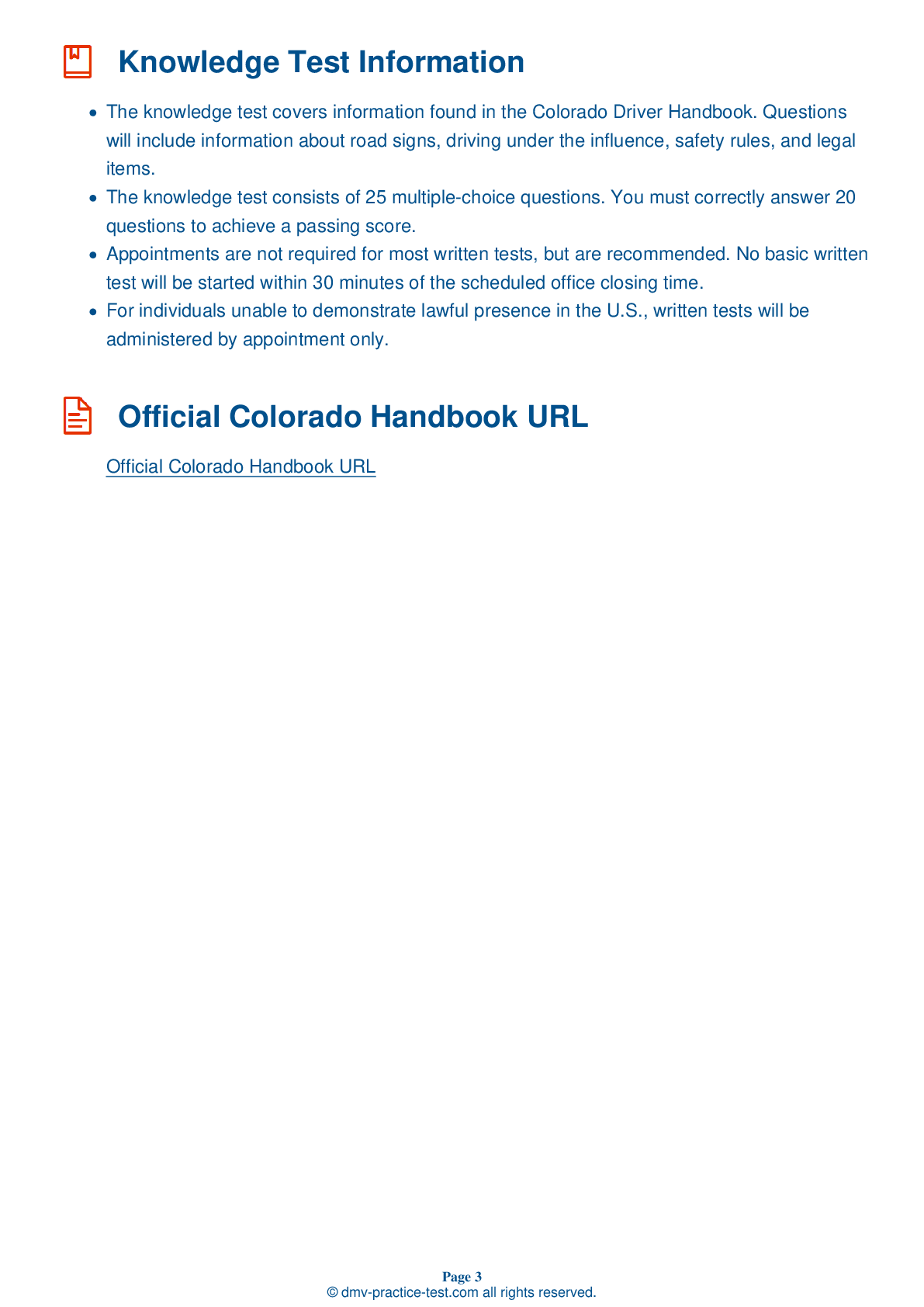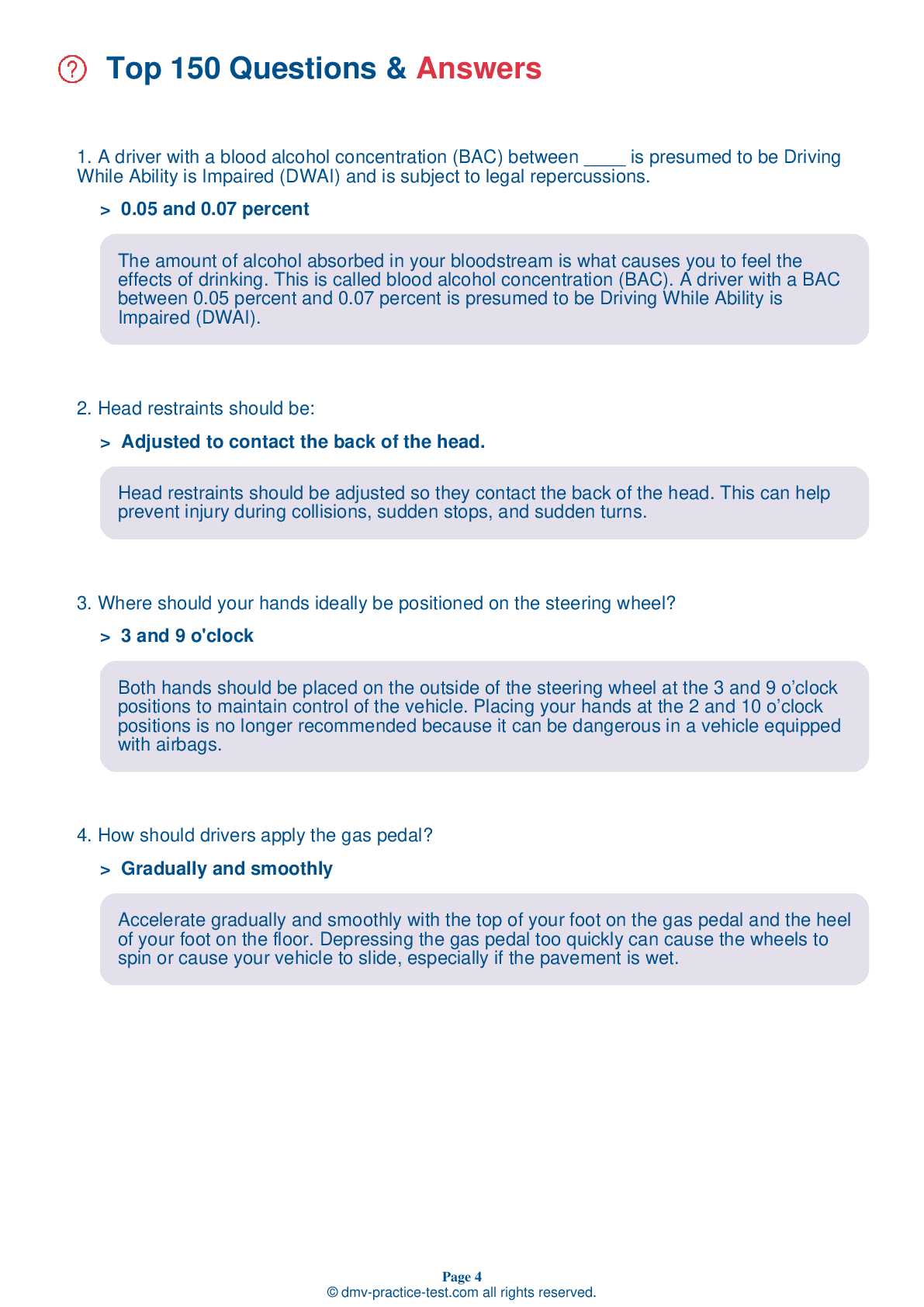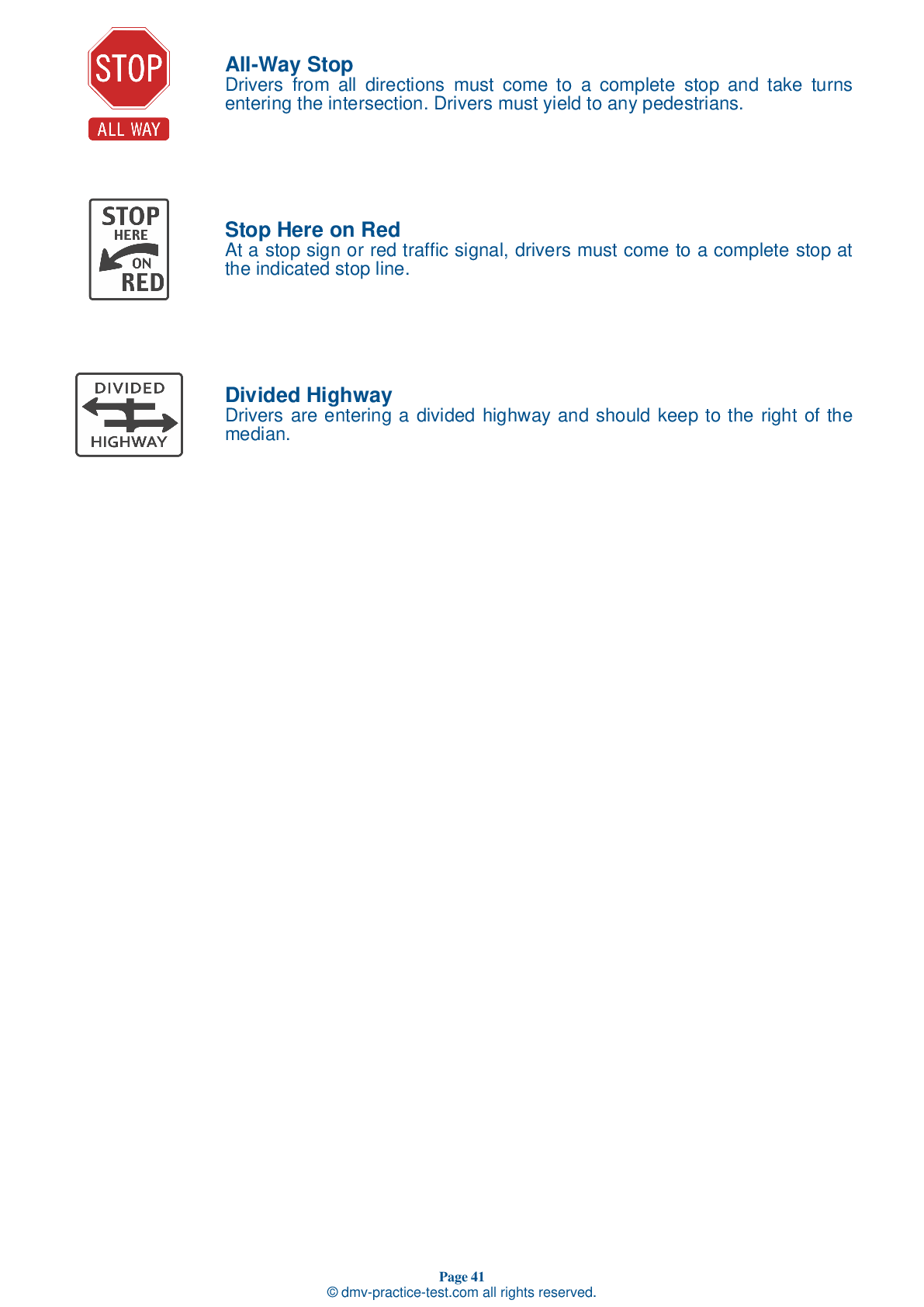FREE Colorado DMV Practice Test #24 Page 4 of 4
This DMV practise tests for Colorado was just updated for January 2025. It includes questions based on the most important traffic signs and limitations from the Colorado Driver Handbook for 2025. To study for the DMV driving permit test and driver's licence exam, use actual questions that are very similar (often identical!) to the DMV driving permit test and driver's licence exam.
Each practise test question provides a tip and explanation to help you recall the ideas. Questions about road rules, traffic signs, and driving statutes, as well as information from the Driver Handbook, will be included in the written portion of the official DMV test.
You must properly answer 20 out of 25 questions to receive the requisite passing grade. To help you prepare for your Colorado instruction permit or driver's licence, take our DMV practise test.
The DMV exam is accessible in a variety of languages.
Using a testing aid of any kind will result in an automatic fail, and the DMV may take additional action against your driver's licence, so don't do it.
19 . If a driver accumulates a minimum of ____ points in a 24-month period, their license will be suspended.
Certain offenses committed while driving will count against the driver in Colorado's system of suspending driver licenses. If a driver accrues 18 points or more within a 24-month period, their license will be suspended.
20 . While driving, you come upon a sign displaying the words “Reduced speed, 35 mph." This means:
"Reduced speed" signs inform drivers that they must reduce their speeds. If a new speed limit is posted on one of these signs, the new speed limit begins at the sign.
21 . You are making a left turn from a two-way street onto a one-way street. When you have completed the turn, your car should be:
If you are turning left from a two-way street onto a one-way street, you should complete the turn into the lane closest to the lane you have just left.
22 . An intersection has no traffic signs or signals. You arrive at the same time as a vehicle to your right. You should:
When two vehicles arrive to an uncontrolled intersection at the same time, the vehicle on the right has the right-of-way. Once the vehicle on the right has safely passed through the intersection, the other driver may proceed.
23 . You should honk your horn when you:
Your horn should be used as a warning in situations where you think another driver or a pedestrian does not see you. For example, if a child begins to run into the street in front of your vehicle, you should sound your horn.
24 . A speed limit is:
A speed limit is the maximum or minimum legal speed you can travel on a road under ideal conditions. You may drive more slowly than the posted speed, but it is illegal to drive any faster. You must drive more slowly where signs or signs indicate a school zone or work zone speed limit. If conditions such as road construction or bad weather make the posted speed unsafe, drive under the speed limit.
25 . This sign means:
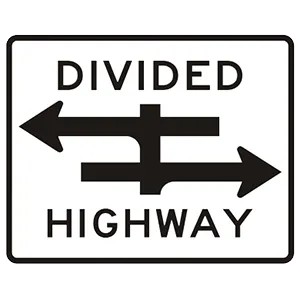
This sign indicates that the road that you are on intersects with a divided highway. A divided highway is two one-way roadways separated by a median or guide rail.
See the exact questions that will be on the 2025 Colorado DMV exam.
99.2% of people who use the cheat sheet pass the FIRST TIME
LT gives us an insight on how the cheat sheet provided her with all the study questions she needed before taking her test.
Joe initially studied with the handbook and failed his test, he eventually found us online, studied and pass his test the first time around.
